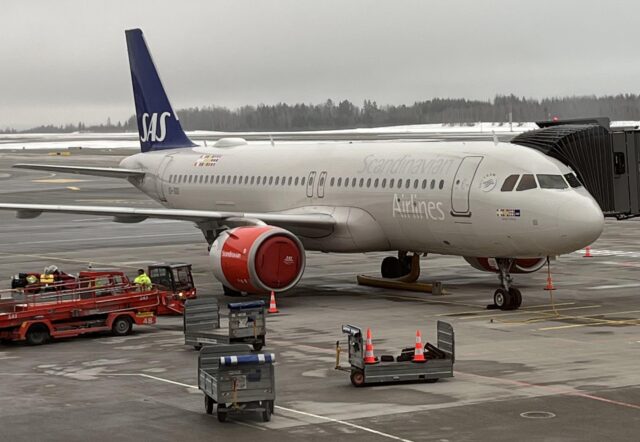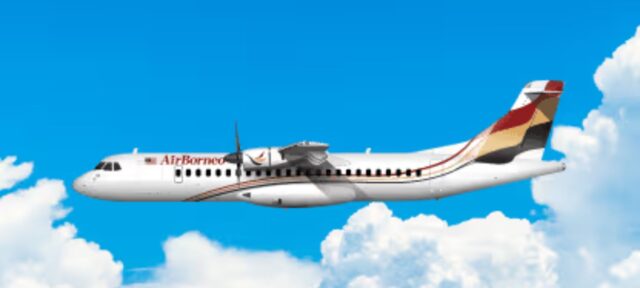From turboprops to jets: Jambojet plans to triple its fleet and fly across Africa

November 28, 2025
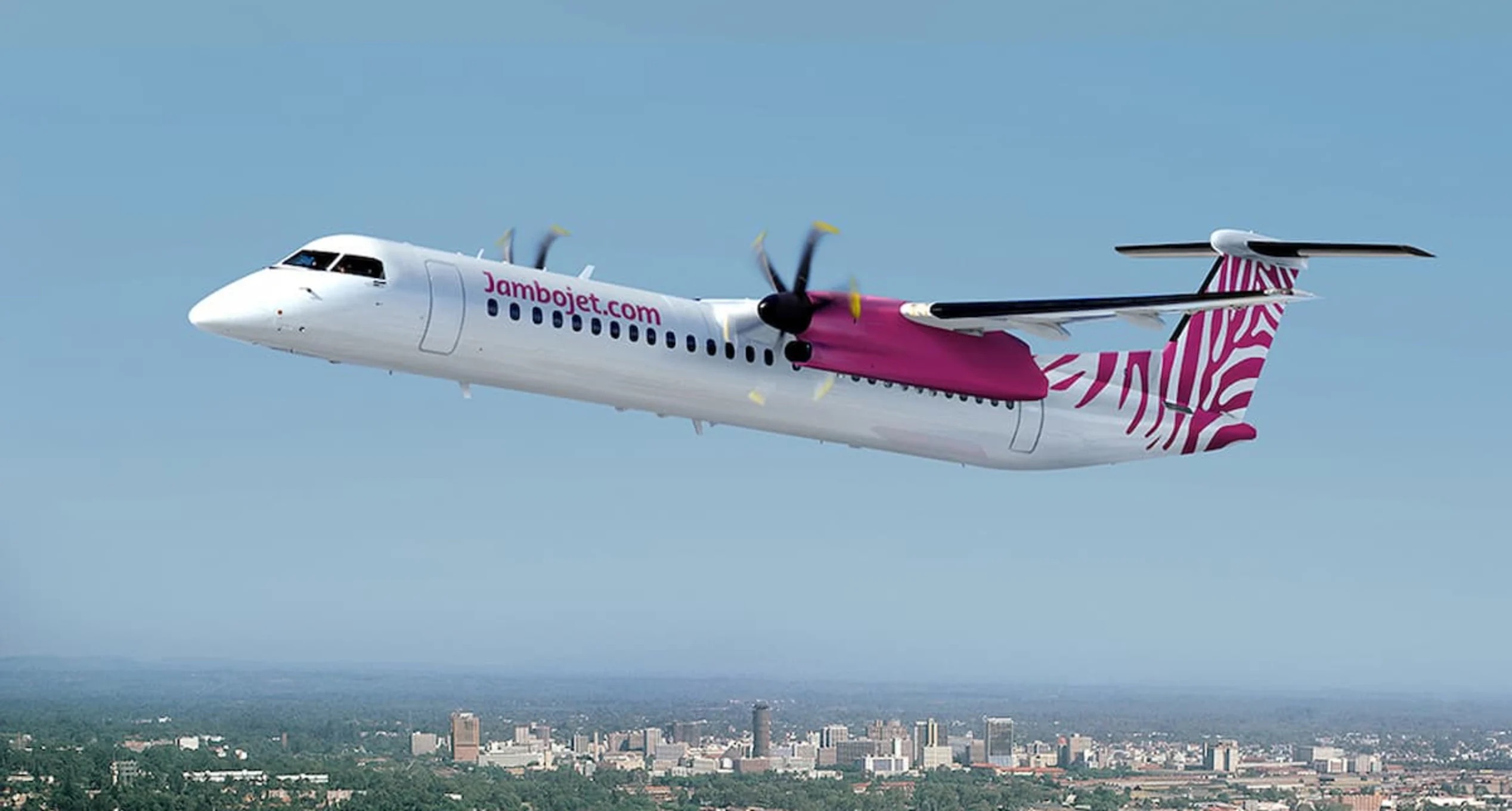
Kenyan carrier Jambojet is preparing for a significant growth phase as the Nairobi-based low-cost airline outlines plans to expand beyond its traditional short-haul network and build a fleet capable of reaching markets across East, West and Southern Africa.
The expansion plan is the airline’s most ambitious since its launch more than a decade ago as a Kenya Airways subsidiary.
Jambojet’s expansion plans
Today, Jambojet operates nine De Havilland Dash 8-400 turboprops on domestic and shorter regional routes. Speaking to Business Daily Africa, newly appointed chairman Ayisi Makatiani made it clear that growth is on the horizon.
Within the next year, he said, Jambojet intends to acquire two additional aircraft, and over the coming five years, it wants to triple its fleet. The carrier is even exploring the potential for jet aircraft to join the fleet.
Driving this, the chairman says, is sustained demand across Kenya’s main air routes and growing opportunities in neighbouring markets. According to IATA’s October figures, African airlines saw a 7.3% year-on-year increase in demand, with load factors at 74.1% (+1.4 ppt compared to October 2024).
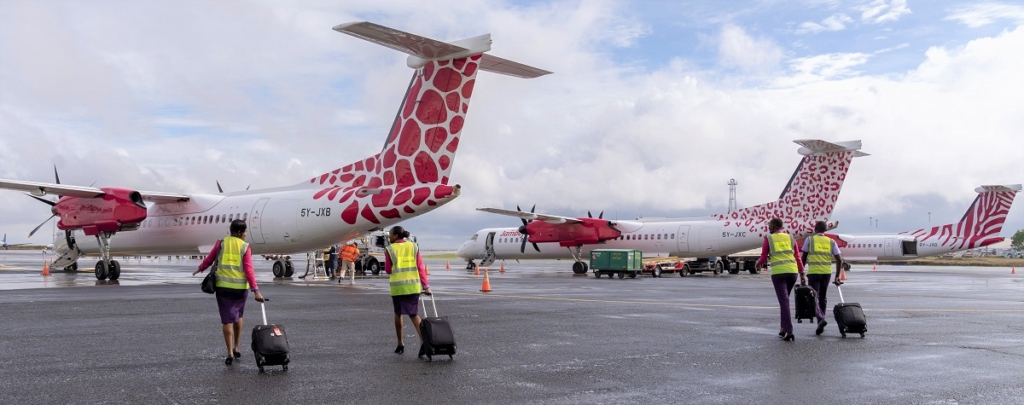
“At the moment, our aircraft can operate flights of up to two and a half hours. We plan to extend this to destinations such as Kigali, most of Tanzania, Ethiopia, South Sudan and Zanzibar. After that, we will begin the second phase of our scale-up by acquiring aircraft capable of flying up to five hours,” he said.
“This will allow us to reach farther destinations, including parts of South Africa, West Africa and North Africa. To achieve this, we may introduce a different fleet, shifting from the current propeller planes to jet aircraft that can cover longer distances while preserving Jambojet’s low-cost model.”
Read more: Flying cheap in Africa isn’t easy – Can low-cost airlines succeed?
Changes ahead for Jambojet: Evolving beyond its traditional market
The move would mark a significant change for the airline, whose operations have so far centred on high-frequency, short-hop domestic flying from Nairobi Jomo Kenyatta International Airport (JKIA) and its secondary base in Mombasa.
Jambojet currently serves six domestic points and three additional routes from the coastal hub, and has steadily captured the majority share of Kenya’s domestic market.

The chairman said the outlook for the airline remains positive:
“The signals we are getting right now are that we probably can even triple today under the same market. Customers are already complaining about limited seats – you try to book a flight to Kisumu or Mombasa today, and chances are you won’t find a seat. That tells us there’s still room to add more planes.”
Kenya’s domestic air travel market has expanded steadily over the past decade as road congestion increases and flying becomes a more accessible option for middle-income travellers.
Low-cost carriers have been instrumental in driving down fares on key city pairs, and regional connectivity remains underdeveloped across East Africa, an opportunity Jambojet believes it can exploit with the right fleet.
Disciplined growth key to a sustainable future in African aviation
Long-haul regional growth has been challenging for some African airlines.
Makatiani said Jambojet’s plans will be appropriate to the size of the airline and the market conditions: “Growth has to follow sound business discipline. You must constantly watch your unit economics and ensure that every additional aircraft contributes to profit rather than loss.
“With proper economies of scale, each new plane should lower costs, improve efficiency and enhance the experience for both staff and customers.”
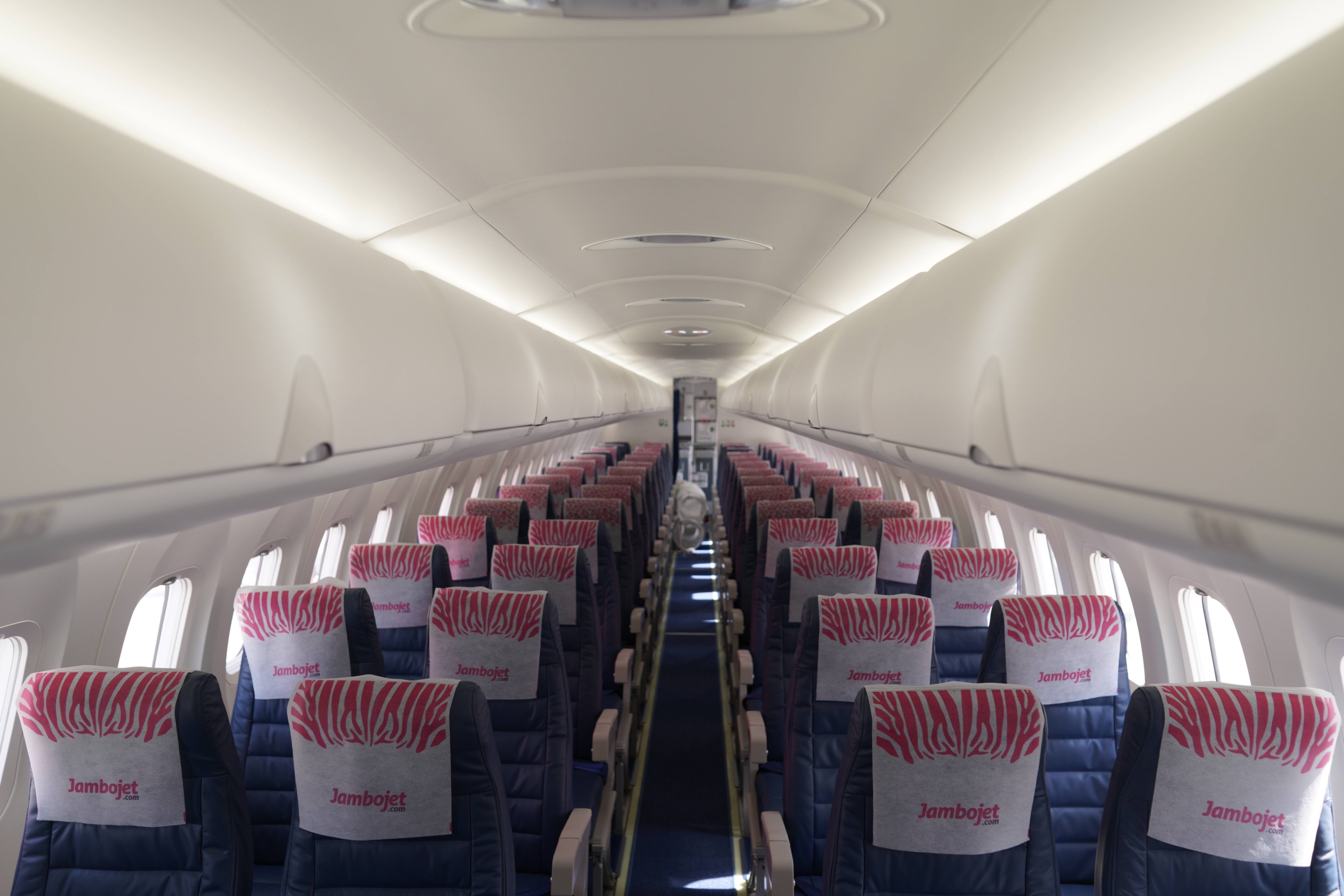
The airline is considering a mix of financing options, including leasing aircraft. “This is exactly how we built Jambojet when we first started. We rented the aircraft and the technology, essentially leasing everything and paying as we went. It is a structure that allows you to grow while only acquiring the assets once your cash flows can support it,” he said.
How developed is the African LCC market?
Low-cost carriers (LCCs) have steadily expanded their presence in Africa over the past decade, though the market remains far less developed than in Europe or Asia.
Demand is increasing as rising middle-income populations, congested road networks and high legacy-carrier air fares have created opportunities for budget airlines.
East Africa has been a particular focal point: Uganda Airlines and Tanzania’s Air Tanzania have adopted elements of hybrid low-cost models on short-haul routes.

In West Africa, Nigeria’s Green Africa Airways is adding capacity cautiously after launching in 2021, and Air Peace has expanded its domestic low-fare offering alongside a growing regional network.
Fastjet, operating in Zimbabwe and South Africa, has rebuilt its operation around thinner leisure and business markets.
Although successful LCCs remain relatively few, those that have managed consistent operations are hoping to capture the continent’s expected wave of air travel growth.
Featured image: Jambojet

